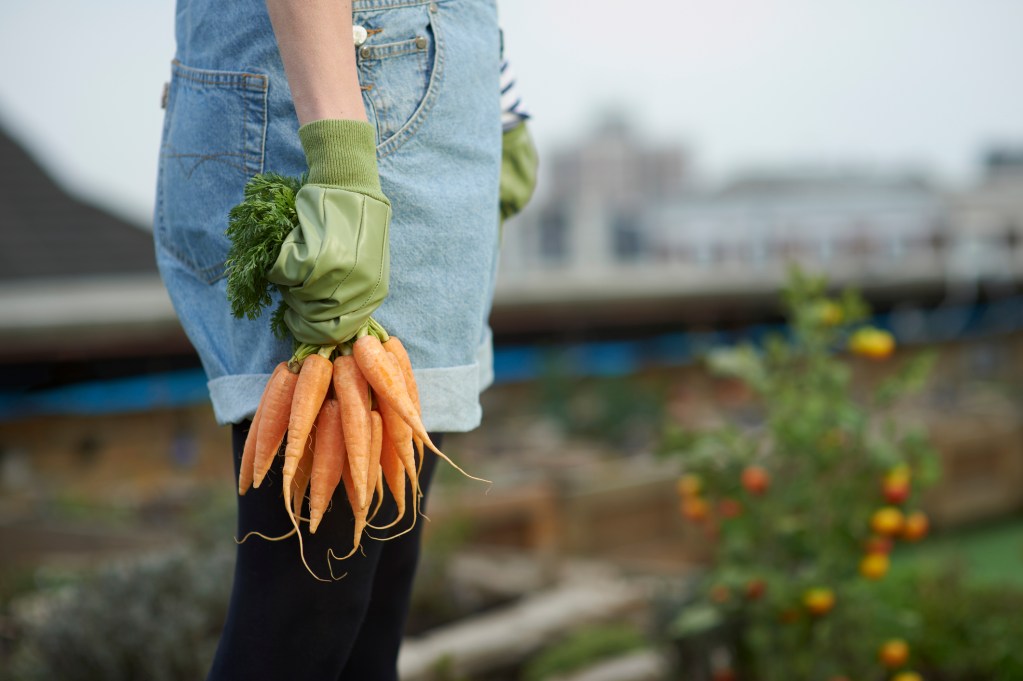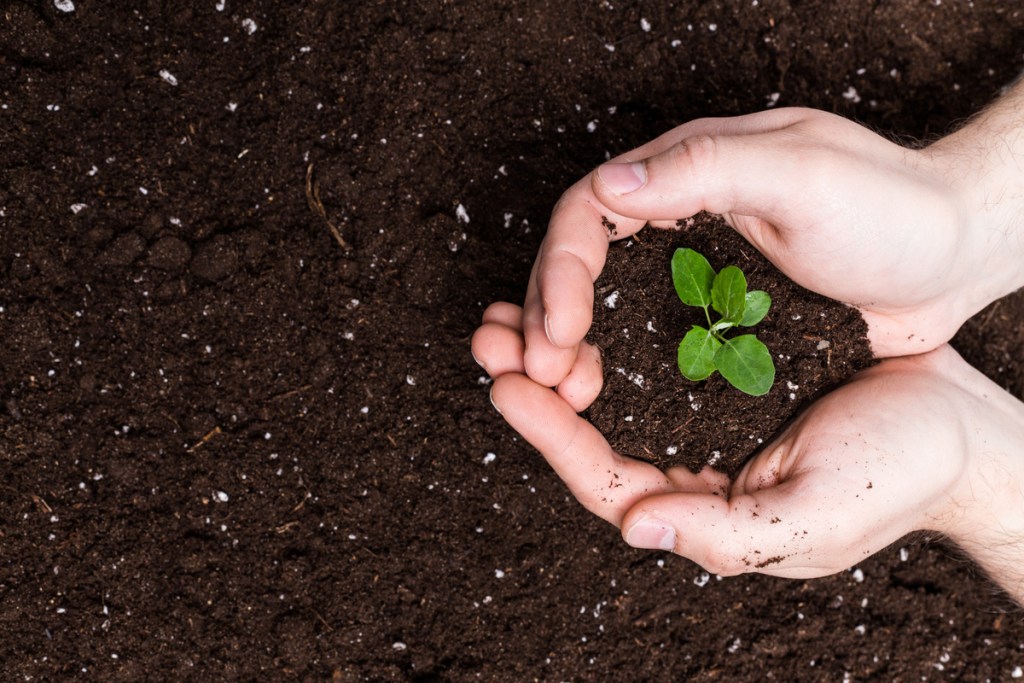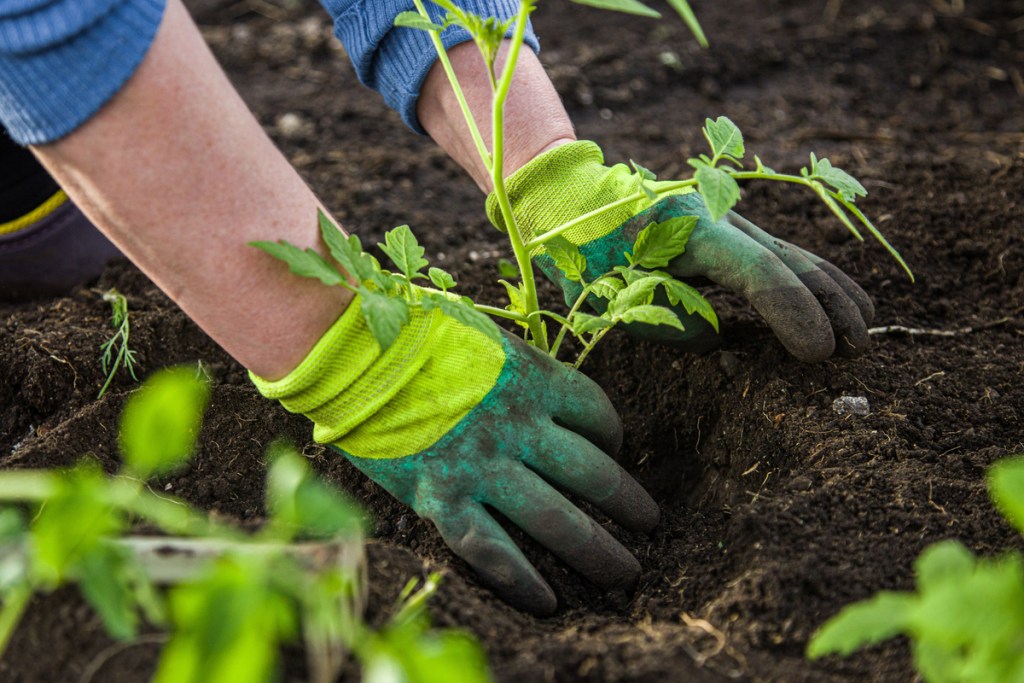If you’re a beginner gardener, you may have heard of the term “crop rotation,” yet not know what exactly it entails. In short, it’s a standard agricultural principle where you switch where you grow crops of the same family to different areas every season. Below are the basics of what crop rotation means and why it’s a helpful practice as you navigate each growing season.

What is crop rotation?
Essentially, crop rotation means growing your veggies and fruits of the same families in different areas each growing season. The idea is that crops of the same families tend to attract the same diseases and use the same soil nutrients. For example, if you plant cabbage in a specific location, don’t plant cabbage or cabbage family members (brassicas) like broccoli there the next growing season — they all attract pests, such as cabbage root maggots. Crop rotation is most effective for farmers who work on a large scale, but it can also be a helpful tool for home gardeners.
Figuring out how to rotate crops can be tricky and require some record keeping. Gardeners often struggle to remember where they planted their crops and which vegetable family groups their plants belong in. Keep an analog sketch record in a notebook of planting locations and look up which families your vegetables belong in. Some people even use garden planning software, but that may not be necessary for a home gardener working on a small scale.
How long must you wait until you can plant a crop in its original location? It depends on you at the end of the day; your crop rotation schedule can range anywhere from a three- to seven-year cycle. This period might even be further shortened if you only have a modest garden to work with.
So what are some benefits of crop rotation? Here’s how this planting principle can help you yield strong crops year after year.

1. Crop rotation can help you manage or prevent pest infestations
Insects that attack a certain variety of crops will be thrown off when you move your crops. Pests will lay their eggs in the soil and stick around as long as their food source, or a similar one, remains. If you can prevent these pests from feeding, you can manage their population.
2. It can prevent plant diseases
Crop rotation can not only help with pest control but also with soil diseases. If you have crops in the same area year after year, soil diseases can build up. So if you’ve had a blight infestation with a nightshade plant, it’s best not to grow another blight-prone nightshade plant there for a few years.
3. It can keep your soil healthy
When you place the same type of crops in the same soil year after year, your soil richness gradually worsens as these plants deplete the nutrients repeatedly. Switching up crops can help you manage this issue. If you plant tomatoes that feed heavily on nitrogen one year, grow legumes that fix nitrogen there the next year.

4. Rotating crops can keep your soil from becoming compact
Besides balancing out the nutrients in your soil, alternating between crops can also improve soil aeration, especially as you switch between long- and short-rooted plants. Varying root depths can help your soil from getting too compact, which can impact your plant as it tries and fails to uptake nutrients and water.
5. Crop rotation is beneficial for the environment
Rotating your crops can be beneficial for the environment because you’ll spend fewer resources in the long run to manage plants that fall prey to pests and diseases. You won’t have to use as many pesticides to keep diseases in check. Plus, you won’t need to increase fertilizer usage to enrich your soil, which can emit greenhouse gases and lead to excess nutrients in waterways that damage aquatic life.
Now that you know why crop rotation is important, you should also keep in mind it’s not the end all be all of growing healthy fruits and veggies. Crop rotation by itself isn’t sufficient for keeping your crops happy. While it’s a technique that can improve crop yields, you still need to keep up with other routine plant chores. You should continue garden tasks, such as pruning for air circulation, mulching to prevent weeds, and fertilizing your soil to maintain vigorous crops.
Still, crop rotation benefits are hard to overlook. Who doesn’t want to prevent heartaches caused by pests and plant diseases? Plus, switching around your crops can help your soil as well. A little planning can go a long way, so jot down your garden layout for this year to effectively start rotating your crop locations the following year.
Editors' Recommendations
- 3 incredible reasons why you should be using coffee grounds in your garden
- Have you ever wondered if potatoes are fruits or vegetables? We have answers
- A guide to winter lawn fertilizer for keeping your turf healthy this season
- 4 outdoor gardening projects to focus on this November
- Are mulched leaves good for grass? Here’s how to mulch a lawn full of leaves this fall




